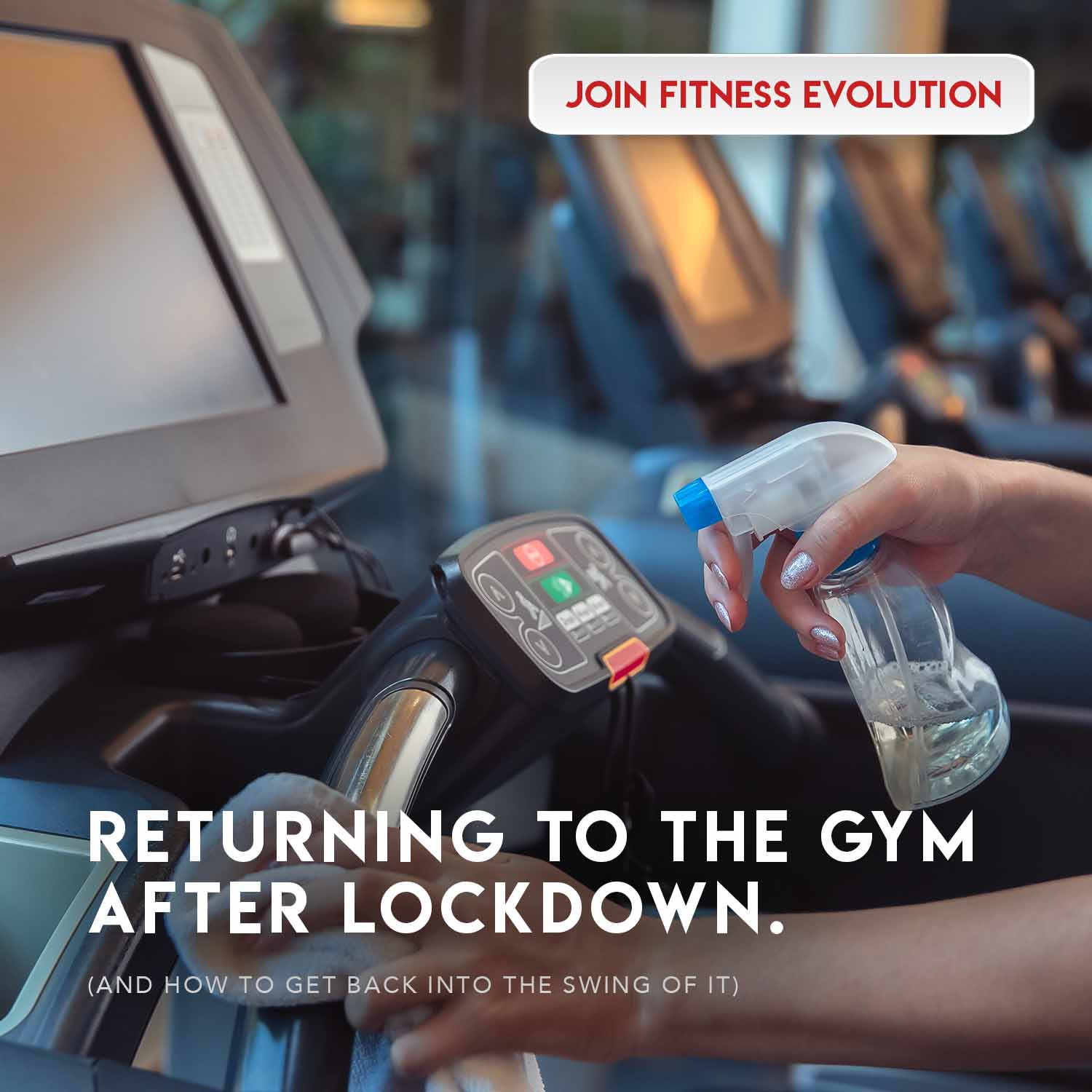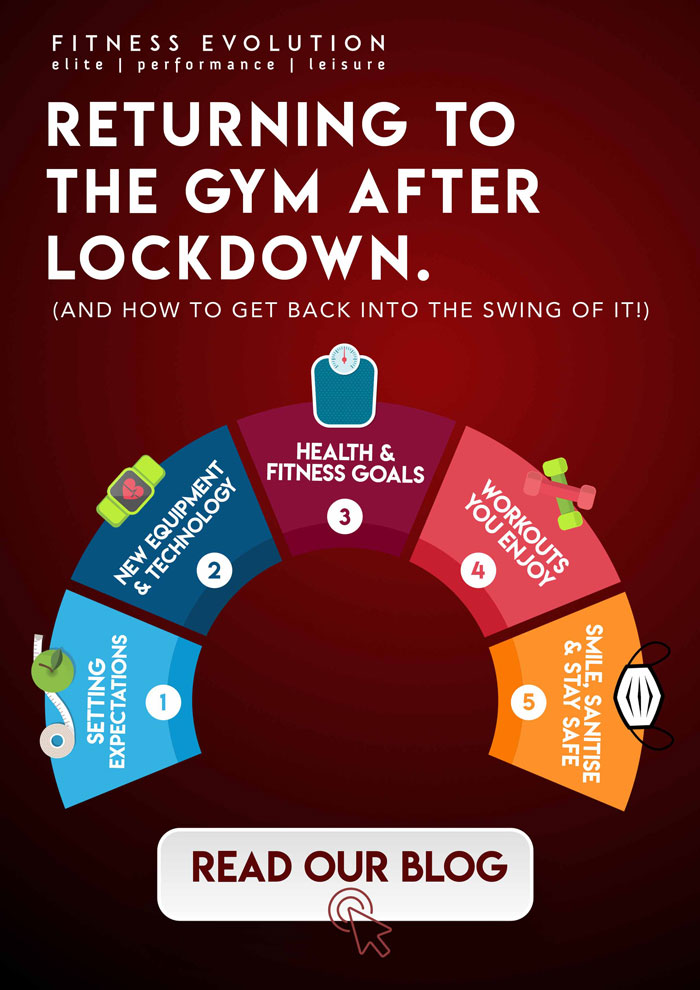Post-Lockdown Guide to Returning to the Gym in Burnley
2020 & 2021 … the two years we are going to remember for the rest of our lives!
Now, you are thinking of returning to the gym to restart your fitness journey.
Here at Fitness Evolution, we are back in full swing taking the safety of our members and staff as our highest priority with all the necessary procedures in place. Throughout lockdown, we have continuously supported our members’ health, fitness and wellbeing through our virtual online platform but we are so excited to have our buzzing atmosphere back!
We want to continuously support everyone as they make their return to the gym or anyone who is thinking of joining our Fitness Evolution family. Lockdown has been a different experience for every individual person; physically, mentally and emotionally. When it comes to exercising, everyone has their different preferences; whether that be fitness classes, gym workouts or one-to-one personal training sessions. Even if this isn’t your first time in the gym, coming back to the gym after this lockdown period can be daunting as you begin to set your new fitness goals and introduce structure back into your daily routine, in line with the government physical activity guidelines [1].
We are going to make this an easy transition for you here at Fitness Evolution. It is normal to feel a lack of motivation to get back into the swing of things, or you may feel so excited to get back, you risk overloading yourself. These top five tips will help ease you back on the path towards your health and fitness goals.



